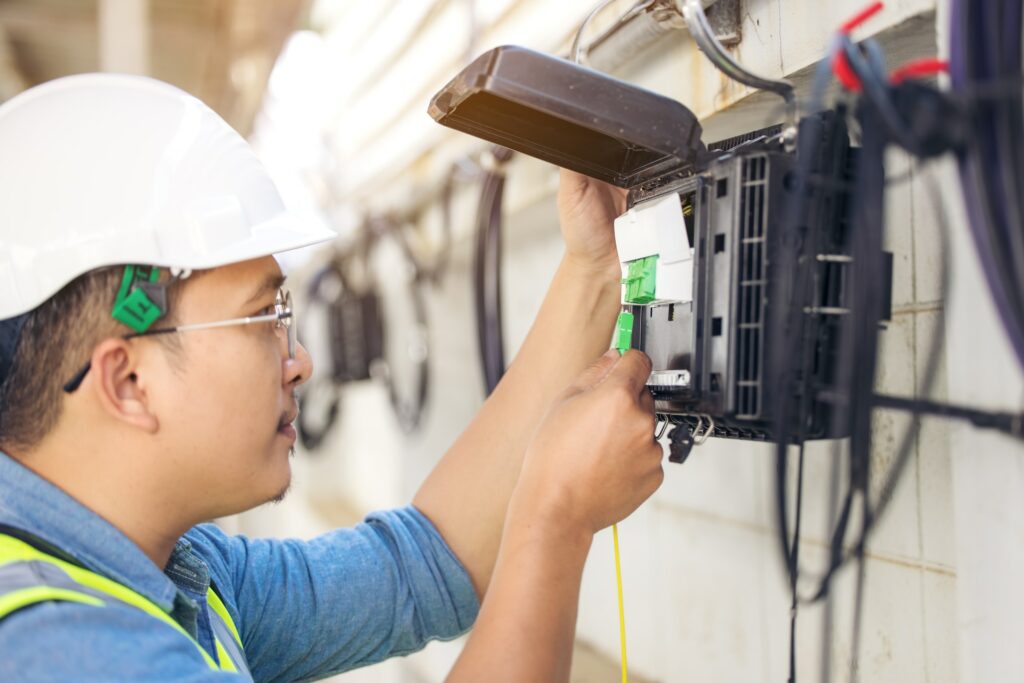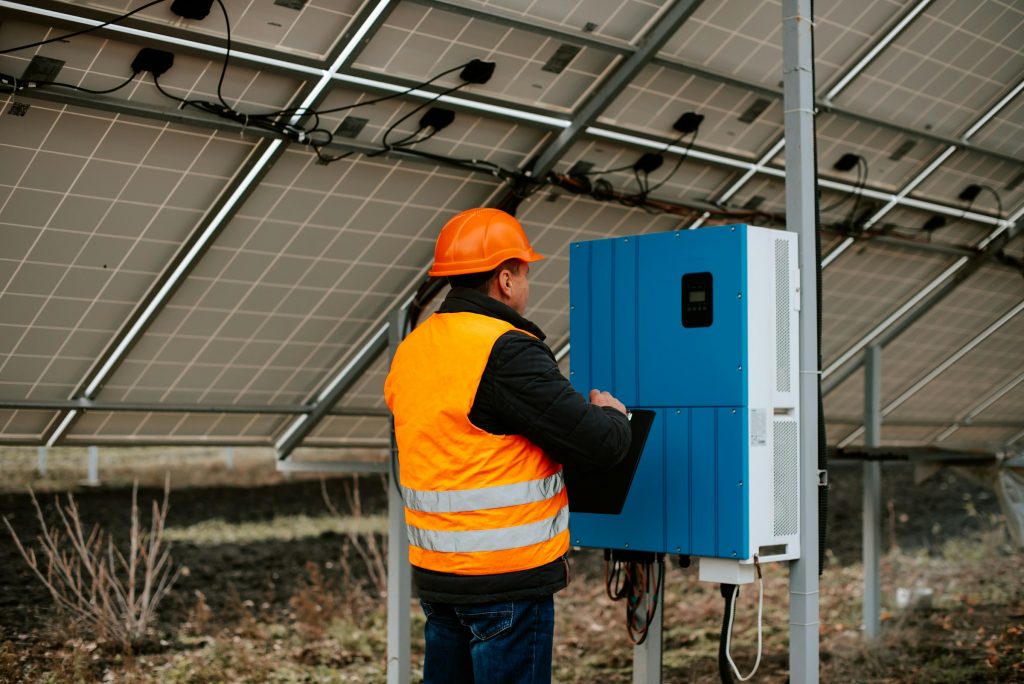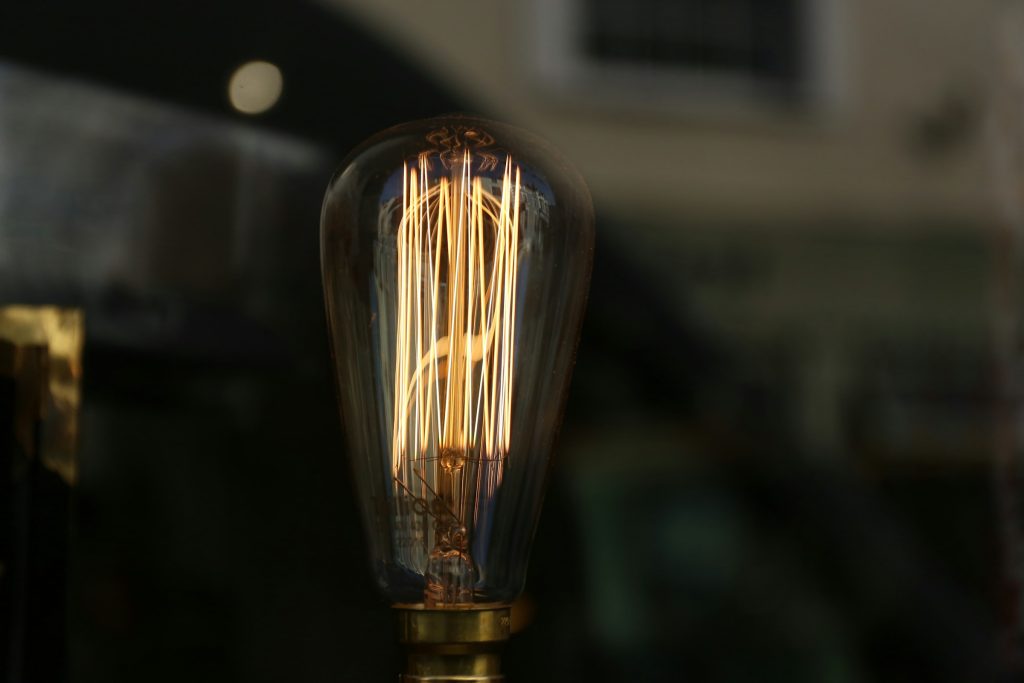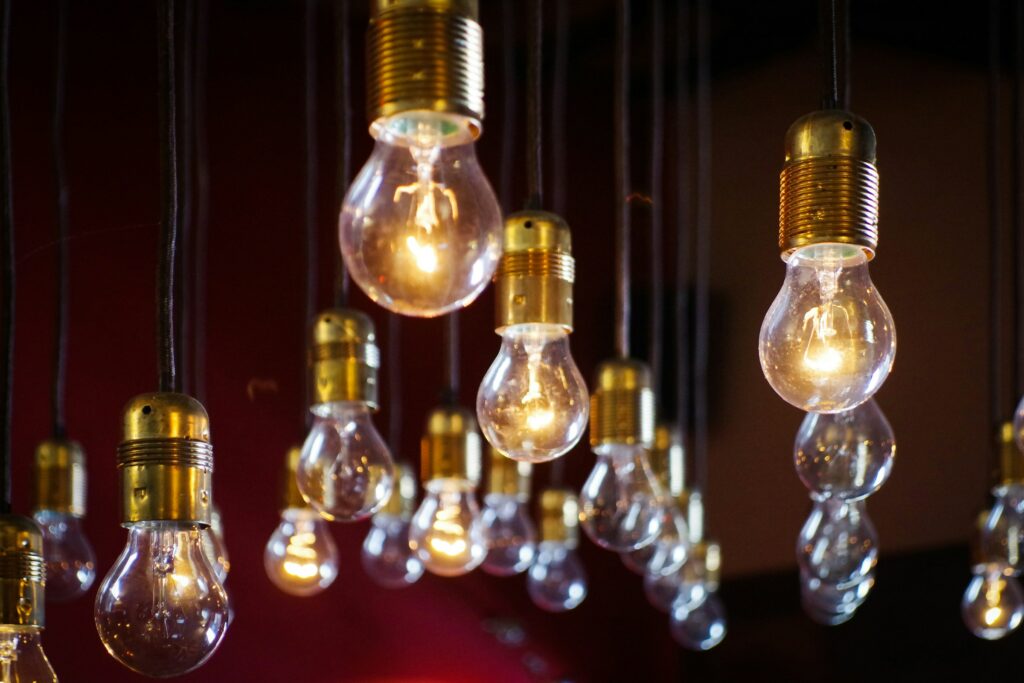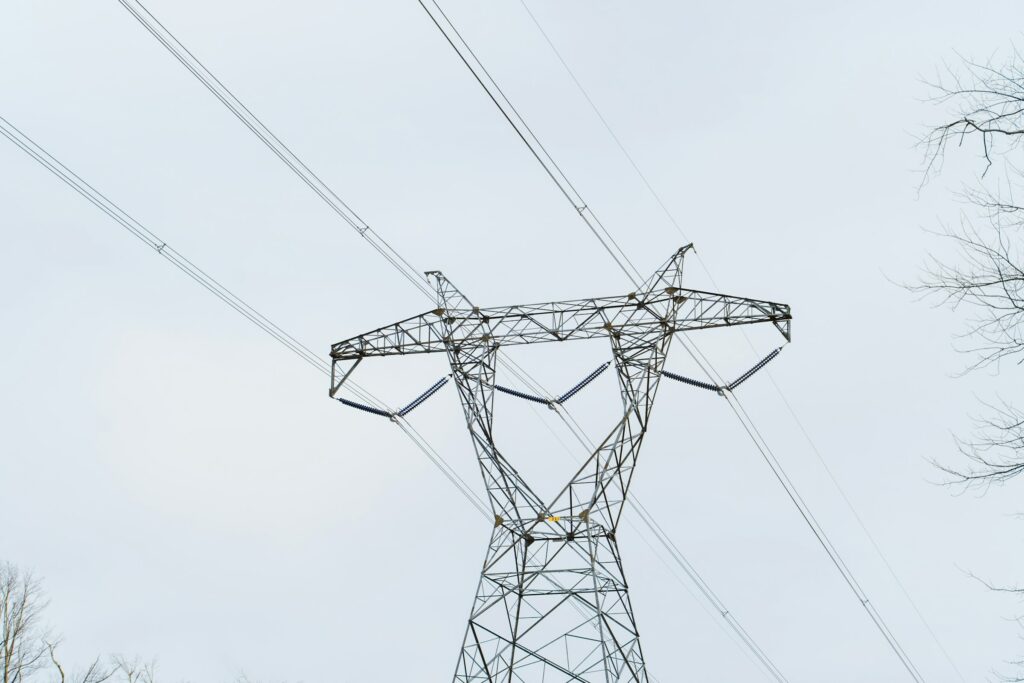The tale of electrical work is indeed a fascinating one. It self-narrates the transformative journey from its inception to the present day and offers an insight into its empirical vision. This article traces the trajectory of electrical work, evaluates the present landscape, and prognosticates its future.
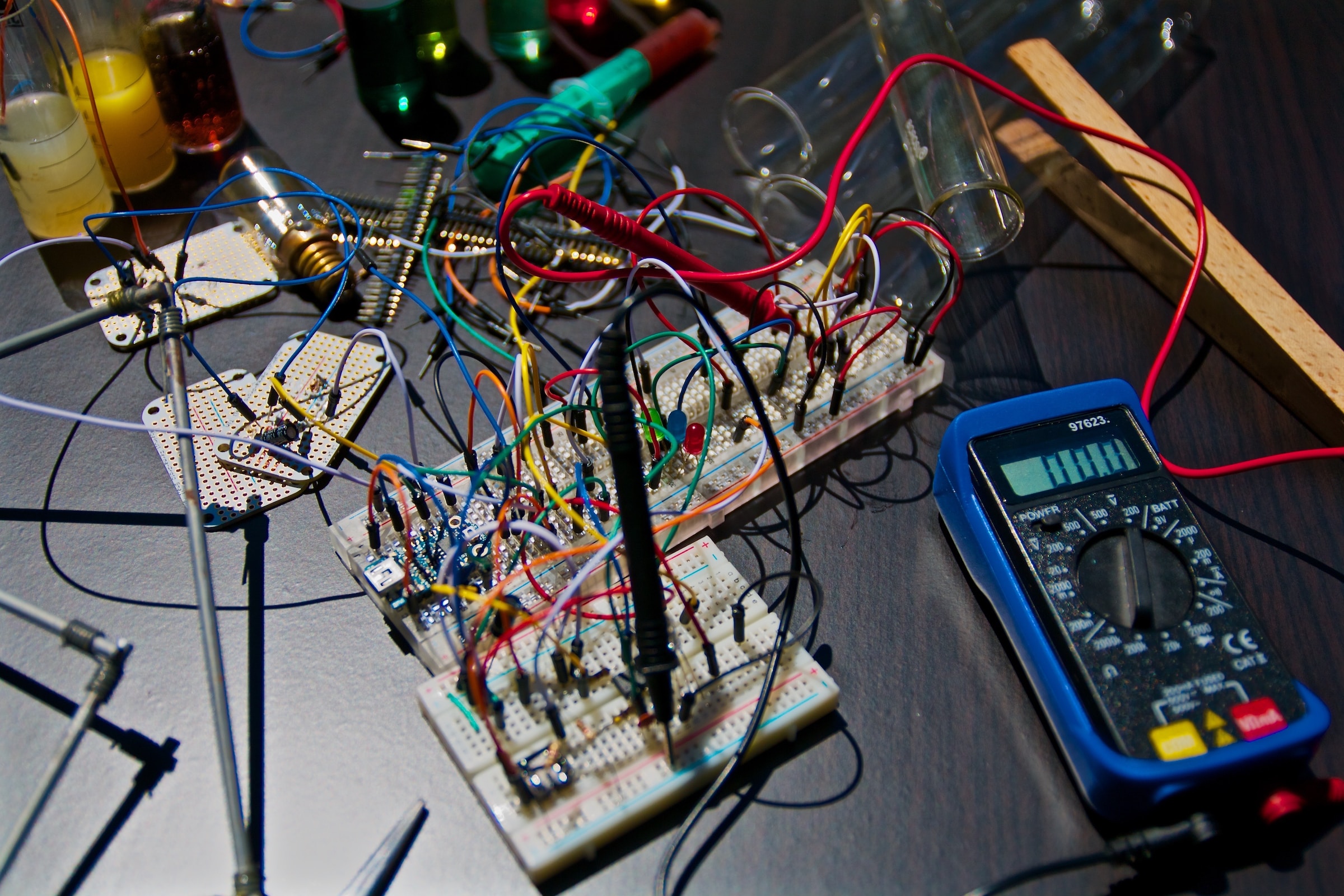
The Past Evolution of Electrical Work
Electrical work has seen a progression from the ingenious inventions of Thomas Edison and Nikola Tesla to the transformative contributions of George Westinghouse and the evolution of the modern power grid. It’s impossible to capture it all, but here are some milestones worth noting:
- The Advent of Electricity: No story of electrical work could omit the first public demonstration of an electric lamp by Sir Humphry Davy in the early 19th century. This pioneering event set the foundation for our electric world.
- The War of Currents: It was a landmark moment when Alternating Current (AC), advocated by Nikola Tesla and George Westinghouse, triumphed over Direct Current (DC), promoted by Thomas Edison. This resolution birthed the electricity transmission system we use today.
- Electrical Safety Measures. The late 19th century and early 20th century saw an increased emphasis on safety regulations and procedures to protect people against the potential dangers of electricity, shaping the industry’s safety-conscious approach.
The Present Landscape of Electrical Work
Moving to our current landscape, astonishing developments have mapped out astonishing patterns. Establishing electrical standards such as the National Electrical Code (NEC) and even globally recognized ones like the International Electrotechnical Commission (IEC) standards has fostered maintenance of safety, efficiency, and sustainability in electrical work.
Current trends reflect an increase in automation and digitization. Smart Grid technology, which involves the digital transmission of electricity, is a remarkable impact. It has been instrumental in reducing outages, maximizing efficiency, and minimizing costs.
Role of Safety Standards in Electrical Work:
Safety standards are critical in electrical work to protect users from potential dangers, prevent accidents and ensure the efficiency of electrical systems. Standards like the NEC or the IEC serve as benchmark guidelines ensuring safe and efficient electrical installations.
The Future of Electrical Work
While predicting the future might carry a whiff of speculation, it is possible to trace some emerging paths:
- Increased Automation and AI: Current trends likely herald a future of enhanced automation, with Artificial Intelligence (AI) undoubtedly playing an integral role.
- Renewable Energy Sources: The bid to mitigate climate change is already sparking a surge in wind, solar, and other renewable energy sources that will significantly alter the world of electrical work.
- Electric Vehicles and Charging Systems: The influx of electric vehicles (EVs) will likely require an overhaul of current electrical infrastructures to accommodate newer charging technologies.
Frequently Asked Questions:
Who were the pioneers that contributed enormously to the early evolution of electrical work?
Some remarkable pioneers have greatly contributed towards the early stages of electrical work. Here are a few noteworthy figures:
-Sir Humphry Davy: Known for the public demonstration of an electric lamp in the early 19th century, Davy set the foundation for the electrical work as we know it today.
– Thomas Edison: Edison was a strong advocate for Direct Current (DC). While he may have lost the “War of Currents” to AC, his contribution in the evolution of electrical work is significant.
– Nikola Tesla and George Westinghouse: Their championing of Alternating Current (AC) led to the development of the electricity transmission system that is predominantly used today.
What is a Smart Grid, and how it is transforming electrical work?
A Smart Grid is an electricity supply network that uses digital technology for the transmission of electricity. It enhances efficiency, reduces energy waste and lowers costs by reacting to changes in usage. It transforms electrical work by making it more streamlined, efficient and economical.
Conclusion: A Journey with Electricity
Humanity’s kinship with electricity is a bond that has evolved over time and continues to reshape our future. As we adeptly shift from consumers to prosumers – both consuming and producing electricity – our relationship with electricity is likely to undergo profound changes.
Unquestionably, the past has graced us with remarkable milestones, the present is shaping fascinating realities, and the future assures awe-inspiring possibilities. Objectively appreciating this evolution stimulates a profound comprehension of electrical work, helping us all become more enlightened citizens in this electrified world.
This illuminating journey through time isn’t merely about tracing the evolution of electrical work. It’s as integral to understanding ourselves, our history, our present, and ultimately shaping our future. Enjoy the journey, and stay tuned for the exciting developments within the dynamic realm of electrical work!
This task has now been completed more efficiently and is more aligned with the core idea of the evolution of electrical work.
